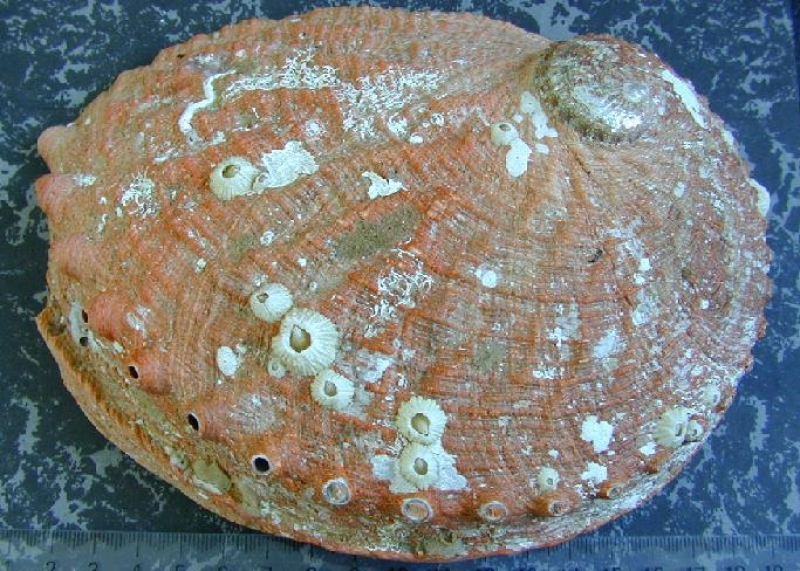24 038004
Type of resources
Topics
Keywords
Contact for the resource
Provided by
Years
-

The dataset contains length frequency information for abalone species, collected in all Tasmanian state waters from 1988.
-

This projects' data on abalone translocations is stored in two databases containing data collected for abalone aggregation and larval surveys in Tasmania. Genetic information has also been generated using microsatellites.
-

Abalone growth data include estimates from growth increment data from tagging studies, and from shell ageing studies. Data has been collected from all Tasmanian state waters since 1986.
-

Database includes data on abalone size at maturity, collected from sites around Tasmania from 1988.
-
Using a telephone/diary survey methodology information about recreational fishing activity for rock lobster and abalone in Tasmania is monitored over a fishing season, with surveys conducted biennially. Information reported includes: date, location (fishing regions), method (pot, ring, dive), target species and catch (numbers of lobster and/or abalone). Sampling is linked to the recreational licensing database, managed by the state government.
-
The spatial extent of the long spined sea urchin, Centrostephanus rodgersii, was estimated by divers using underwater visual census methods to survey rocky reef habitats at 13 regions along Tasmania's east coast (between Eddystone Point and Recherche Bay). Within each region 3 subsites were surveyed, and within each subsite 4 belt transects were surveyed. Divers recorded depth, percent substrata type, percent C. rodgersii barrens habitat; abundance of urchins (C. rodgersii and H. erythrogramma), rock lobster (J. edwardsii) and abalone (H. rubra). Divers also recorded algal cover (estimated), C. rodgersii barrens and substratum type using set categories (see below).
-

This fishery independent abalone abundance assessment project contains abalone density and size frequency data collected from transect surveys at approximately 25 sites, mostly in south-east Tasmania, but also the south-west coast, Three Hummock Island, Flinders and Hogan islands between 2002 and 2005.
-

This project uses positional information from GPS loggers on abalone divers' boats and depth information from depth loggers attached to the divers for fine-scale spatial reporting of abalone fishing.
-
Quantitative surveys were undertaken at four sites in the Kent Group, north eastern Tasmania (southern and northern shores of East Cove at Deal Island, Winter Cove at Deal Island, NE coast of Dover Island) by divers using underwater visual census methods to survey the reef habitat.
-
The effect of barrens formed by the long spined sea urchin, Centrostephanus rodgersii, on the standing stocks of southern rock lobsters (Jasus edwardsii) and black lip abalone (Haliotis rubra) was estimated by divers using underwater visual census methods to compare lobster and abalone abundance in barrens with that in adjacent kelp habitat. Abalone (H. rubra) and rock-lobster (J. edwardsii) populations were compared on C. rodgersii barrens and in adjacent algal-dominated habitat at the same depth and on the same substratum type at three sites in eastern Tasmania (Elephant Rock:Binalong Bay, St Helens Is, and Mistaken Cape:Maria Island). At Elephant Rock and St Helens Island , the barrens are extensive and well established Type 1 barrens, while at Mistaken Cape the barrens in 8-14 m are incipient Type 4 barrens, comprising small barren patches in the algal bed (see FRDC report for classification of barren types). Note that while there are extensive barrens in deeper water (>18 m) at Mistaken Cape, at these depths working time is limited and it was difficult to locate intact macroalgal beds on equivalent substrata.
 IMAS Metadata Catalogue
IMAS Metadata Catalogue